
The journey began in Seoul, continuing from Jeju Island. Departing from Jeju Airport early in the morning on Jeju Air, it took about an hour to reach Gimpo Airport. From there, I took the subway into the city center. Without checking into my accommodation, I carried my luggage to find the famous Ppopgi.

First Stop: Streets near Yeouido Hangang Park
April 14th
Take the subway line 9 from Gimpo Airport to National Assembly Station. The first destination is to see the cherry blossoms near the Han River, which is located near the National Assembly Building. Every year, the Yeongdeungpo Yeouido Spring Flower Festival (영등포 여의도 봄꽃축제) is held in this area. It is expected to be held around April 4-10, when the flowers will be in full bloom. For more information, please visit http://english.visitkorea.or.kr/enu/ATR/SI_EN_3_2_1.jsp?cid=700464.
Directions: Take Exit 6 from National Assembly Station and walk towards the Han River.
Strolling in confusion with a single bag, not far from the walkway near the parliament building, you will encounter a path lined with fallen pot marigold flowers.






Strong winds cause many petals to fall, fluttering like falling snow.
Kyung Hee University (경희대학교)
April 14th
After settling into our accommodation, we continued our journey to Kyung Hee University, renowned for its stunning and opulent architecture.
Directions: Hoegi Station Exit 1
After exploring the university, most of the Potchote flowers have already fallen. Let's take a look at the atmosphere and buildings in the university instead.





Seokchonhosu Lake (석촌호수)
April 14th
Our final stop of the day is Seokchonhosu Lake, where we will search for the elusive pot-bellied pig. The lake is located near Lotte World amusement park. The Seokchonhosu Lake Cherry Blossom Festival (석촌호수 벚꽃축제) will take place from April 8th to 10th. For more information, please visit http://english.visitkorea.or.kr/enu/ATR/SI_EN_3_2_1.jsp?cid=1599207.
Directions: Jamsil Station Exit 2 or 3. Please note that there may be ongoing construction in the area, which could cause some confusion.
The area surrounding the lake is typically filled with pink pot-ko trees, creating a stunning spectacle when viewed from above. However, during our visit, the peak bloom had already passed, leaving only scattered blossoms and an abundance of foliage where the flowers had fallen.










I walked around the lake until I found a tree in full bloom. I'm not sure what species it is because the stems are long and the flowers are full.
Bukhansan National Park (북한산국립공원) Eunpyeong Entrance
April 15th
Bukhansan National Park encompasses both Bukhansan and Dobongsan mountains. While the park offers numerous hiking trails, we were unprepared for such an activity and opted to explore the area around the mountain's base in search of the elusive pot-shaped flower.
Directions: Exit Bulgwang Station at Exit 2, turn left at the corner, and walk straight until you reach the park, as shown on the map.

Exit 2, turn left and walk straight until you reach the Bukhansan trailhead. This is a small rest area where you will find rows of forsythia bushes along the path on the slope. When we visited, the peak season had just passed, and the flowers were starting to fall.





Namsan Park (남산공원)
April 15th
After Bukhansan, we continued to Namsan.
Transportation:
Take Bus No. 02 from the bus stop in front of Chungmuro Station Exit 2.
The bus ride offered scenic views as it ascended to its final destination. Along the way, we encountered tunnels of blooming pot marigolds at intervals. Upon disembarking, we spontaneously decided to retrace our steps down the mountain path that the bus had ascended.





Upon reaching the viewpoint, one can look back and see the entire mountain dotted with pink spots, creating an adorable sight. ><

Along the way, we encountered a group of ajummas walking in the opposite direction. They were incredibly strong! We were exhausted by the time we reached the bottom of the hill.
Jayu Park (Incheon) (자유공원 (인천))
April 15
Continue your journey to Jayu Park in Incheon. The park is located on a hill behind Chinatown, where the forsythia flowers are in full bloom. It's a great place to take a walk in April.
Directions: Exit 1 of Incheon Station. Cross the road and enter Chinatown. The park is located behind Chinatown. Look for the 3D-painted stairs leading up to the park entrance.
Upon entering the garden, visitors will find an activity area where local residents can exercise. There are also scenic viewpoints overlooking the sea and the harbor, offering a relaxing spot to sit back, unwind, and enjoy a leisurely stroll.







Wolmido Island (Wolmido)
April 15th
Upon arriving in Incheon, a visit to Wolmido Island is a must. While the forsythia blossoms in Seoul are fading, here they are in full bloom, adorning both sides of the walking paths and blanketing the mountains. With the sea on one side and a cool breeze, a leisurely stroll amidst the forsythia, accompanied by the melodious chirping of birds, is a delightful experience. As an added bonus, there are free footbaths with hot spring water to further enhance your relaxation.
Directions: Take bus number 2 from the bus stop in front of Incheon Station, Exit 1. The journey takes approximately ten minutes (6 stops). Get off at the Wolmido Island (월미도) bus stop.









Traveling back in time to our trip to Busan-Jinhae, we embarked on a bus journey from Seoul. Departing from Dongseoul Bus Terminal (Seoul), we arrived at Haeundae Bus Terminal (Busan) after a comfortable ride. The fare was 26,800 won per person, and we dozed off until we reached our destination.

The first day was spent entirely on travel. Arriving in Busan at dusk, we settled our luggage at a guesthouse near Haeundae Market, a popular dining spot. After dinner and rest, we were ready to explore the next day.
Samnak Riverside Sports Park (삼락생태공원)
March 31st
Traveling back in time to a rainy day, the downpour did not deter us from braving the elements in search of the enchanting Portulaca grandiflora, commonly known as the moss rose. Our quest led us to the vicinity of Sasang Station, where a picturesque path unfolds between Nakdong-daero and Gangbyeon-daero, seamlessly connecting to the verdant expanse of Samnak Riverside Sports Park. Along this enchanting promenade, vibrant moss roses bloomed in all their glory, painting the landscape with a breathtaking tapestry of colors. Undeterred by the gentle drizzle, visitors ambled along the path, their colorful umbrellas adding a touch of whimsy to the scene. The rain, far from being an obstacle, seemed to enhance the allure of the surroundings, creating an atmosphere of tranquility and wonder.
Directions: Sasang Station Exit 3

Exit Sasang Station at Exit 3 and follow the Airport Railway Line. Pass eMart and HomePlus, and cross the bridge as shown in the picture below to reach your destination.


The excitement of the Potko Tunnel was palpable even before we descended. As we made our way down, the rain and cold were truly biting. Had the weather been more pleasant, we would have walked all the way to the end.






March 31st
We visited Jinhae before the Jinhae Gunhangje Festival (진해군항제) began to avoid the crowds and traffic congestion. The festival typically takes place from April 1st to 10th. For more information, please visit: http://english.visitkorea.or.kr/enu/ATR/SI_EN_3_2_1.jsp?cid=700520
Travel: To reach Jinhae from Busan, take a bus from the Seobu Sasang Bus Terminal, located near the Sasang subway station (Exit 3 or 5). Purchase tickets at the counter within the Seobu Sasang Bus Terminal. As of 2015, the fare was 5,100 won per person. The journey takes approximately one hour and concludes at the Jinhae Intercity Bus Terminal (진해시외버스터미널).

Rough map

First Stop: Yeojwacheon Stream (Cherry Blossom Hotspot)
We recommend walking from Jinhae Bus Terminal. Follow the signs along the way, which will guide you to your destination.

I got a little lost, but luckily a kind soldier helped me find my way to the canal.



Although it is not yet the peak season, there are already a considerable number of tourists visiting. The Portulaca grandiflora flowers are in full bloom, and there are occasional showers.


Gyeonghwa Station (Cherry Blossom Road)
Next, we head to Gyeonghwa Station, another landmark of this city.
Directions: From Jinhae Train Station, cross the street to the bus stop 진해역 (Jinhae Station) located opposite the train station. Take bus number 307 and ride for approximately 9 stops, which takes about 15-20 minutes. Get off at the bus stop 경화역(맞은편) (Gyeonghwa Station (opposite side)).


We informed the driver that we would be getting off at Gyeonghwa Station (경화역). Upon arrival, the driver will announce the stop. The bus will stop at the bus stop opposite Gyeonghwa Station. Cross the street and turn right to find the entrance to the train station.
At the entrance of the train station, there is a sign indicating the train's arrival time. Please pay attention to the time to capture the perfect shot. When the train is about to arrive, an announcement will be made for everyone to move behind the safety barrier for their safety. The train will then slowly pass by, allowing everyone to take pictures.









On the way back, we took the same bus, number 307, and got off at the same place, Jinhae Train Station. We then walked back to Jinhae Intercity Bus Terminal, as before. It was still raining lightly as we walked back.
CUSEnatt
Friday, October 4, 2024 3:13 PM

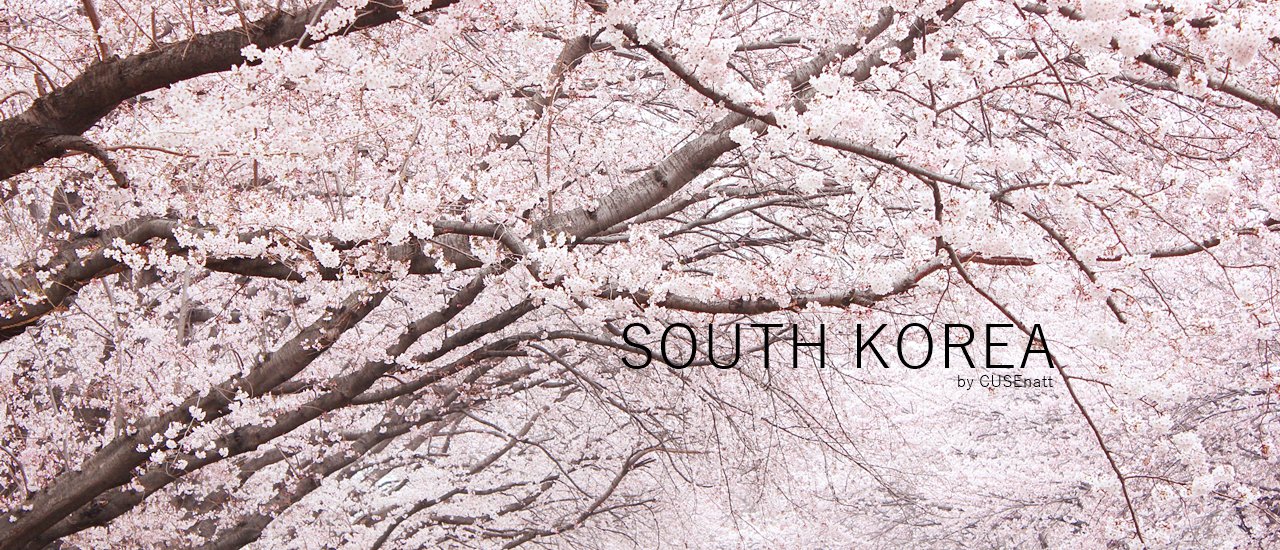


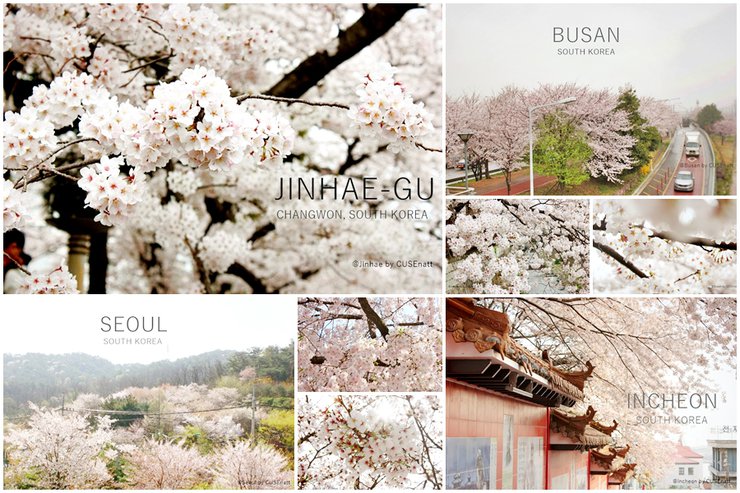
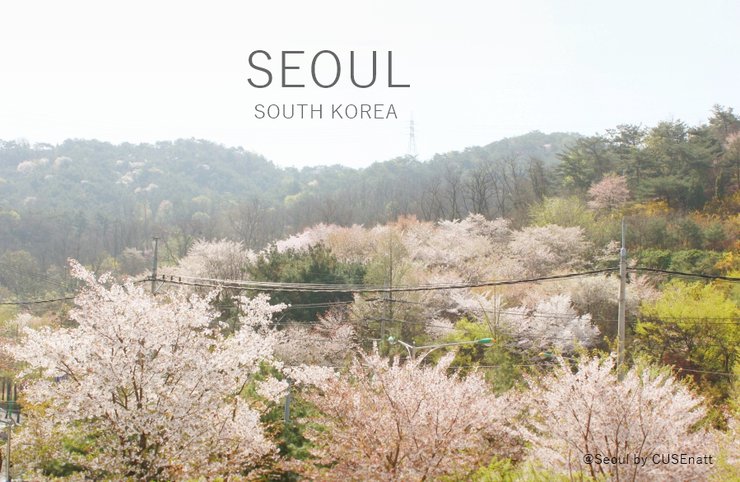
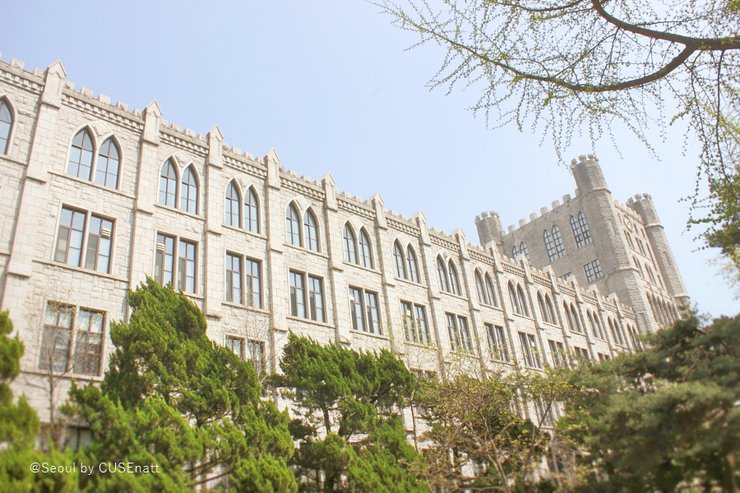
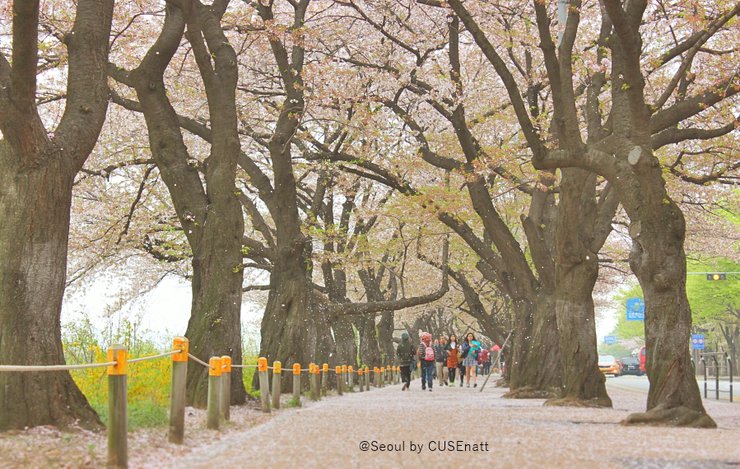

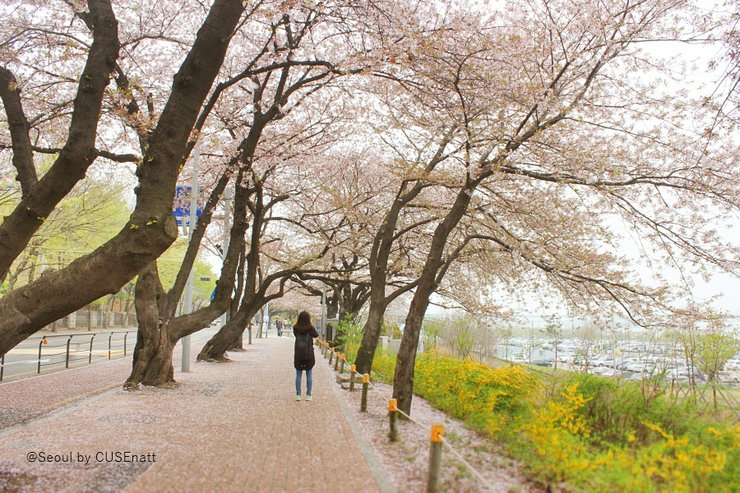


![Cover [2016-04-12^13] Solo Trip to Jeju Island...](https://asset.readme.me/files/50283/thumb.cover.jpg?v=d30f9774)


